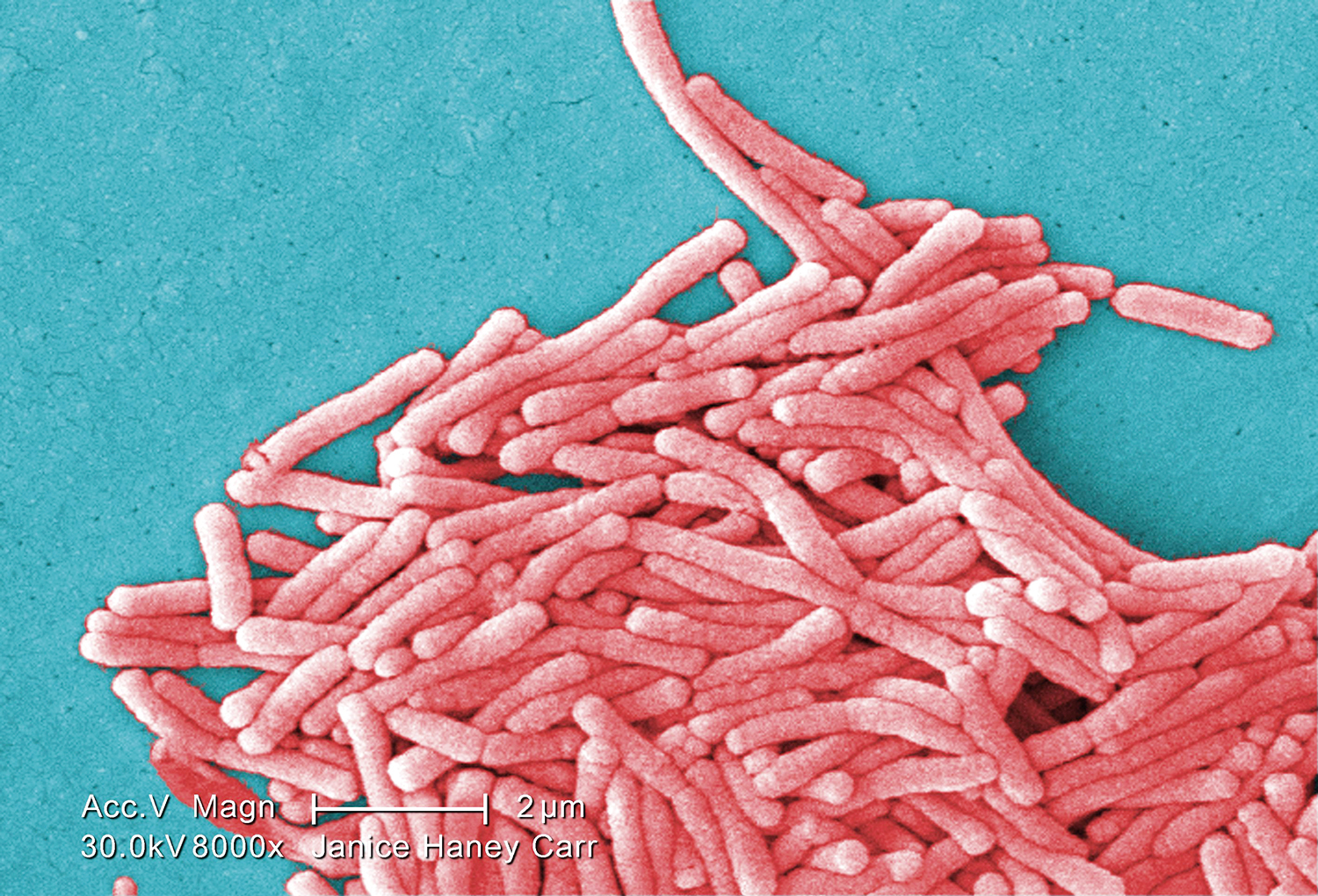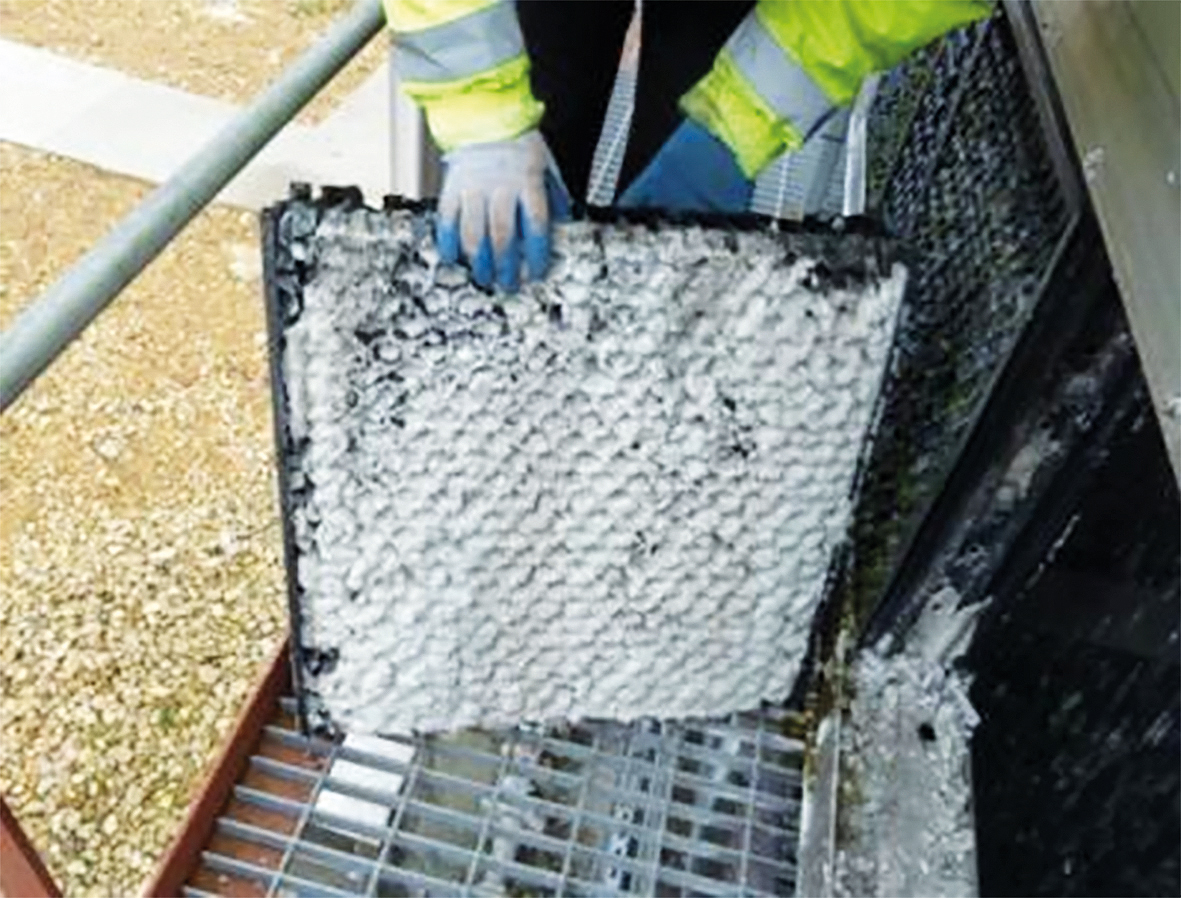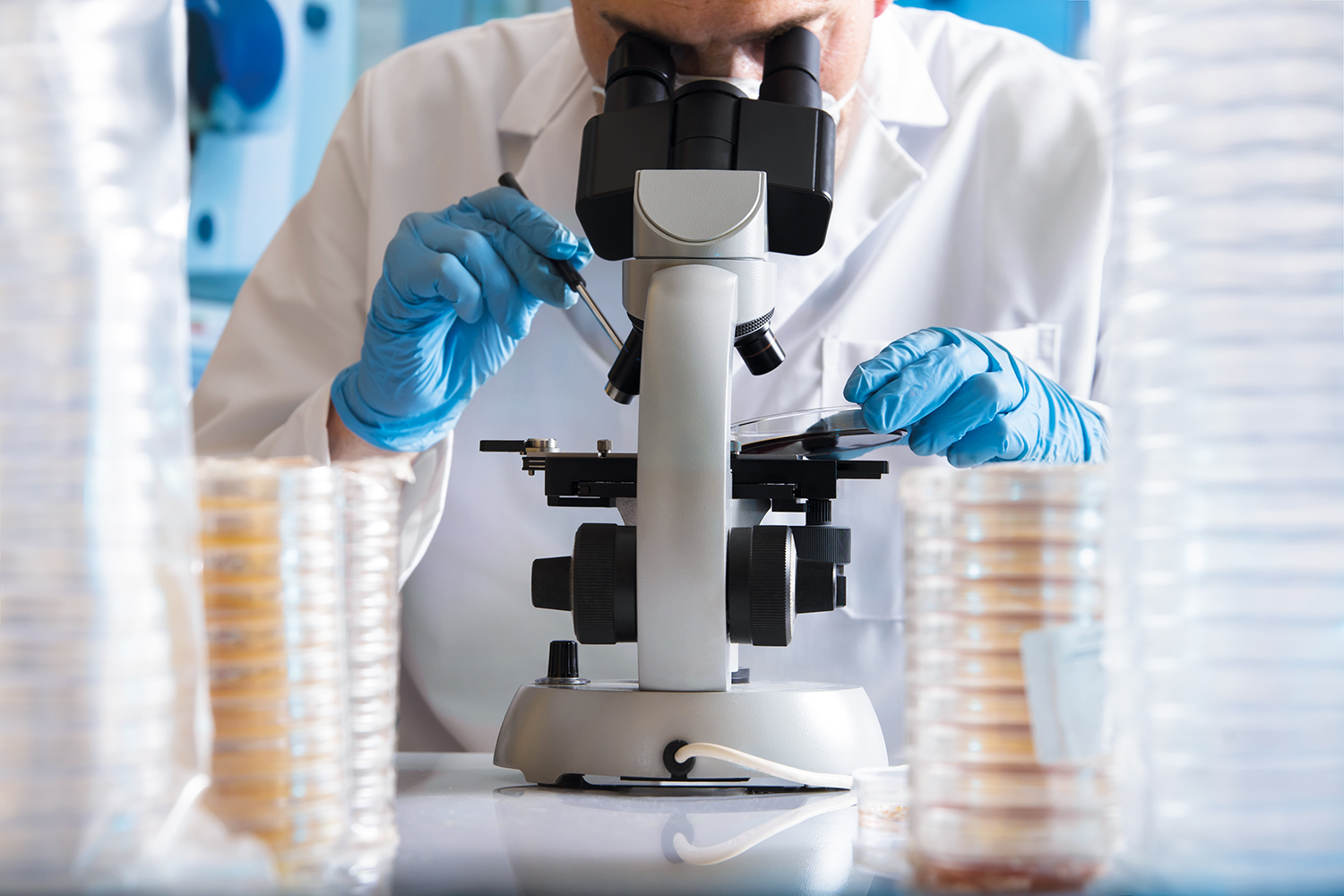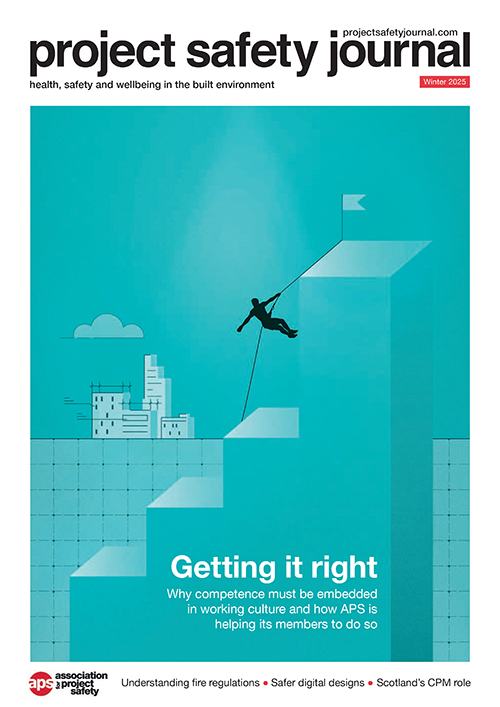In this CPD Nick Barsby, technical director with NJB Associates, and Matt Morse, technical director, Dragonfly Water, explain developments in the assessment and monitoring of water systems to prevent legionella and the guidance and legislation that building operators and consultants need to follow.

The risk posed by legionella has been known for over four decades. During this time, the way we manage that risk has not fundamentally changed, although we are on the precipice of a significant evolution in terms of rapid testing and monitoring.
The legionella bacterium was first identified following an outbreak of mystery pneumonia in 1976 at a convention of the American Legion at the Bellevue-Stratford hotel in Philadelphia, though its existence can be traced back decades before.
This outbreak resulted in the death of 34 people and over 221 confirmed cases, and led to the naming of legionella and Legionnaires’ disease.
Legionella: what is it?
Legionella is considered a ubiquitous bacterium that lives in many water systems. Legionella bacteria become a risk to humans when water containing the pathogen becomes aerosolised and can be inhaled.
Legionella thrives in man-made water systems where water can sit between 20C and 45C. Once it enters the human body it infects the patient’s lungs, causing pneumonia. This has a mortality rate of 10%.
Legionella, as a genus, has more than 60 different species. The most commonly known is Legionella pneumophila, yet over 20 legionella species have been clinically linked with human infection.
A study by the Legionella Control Association looked at laboratory data from 2019-2021. In environmental samples, L. anisa was found in over 50% of samples while L. pneumophila was present in only 32% of samples.
The study also highlighted that, during this period, the percentage of results returning a positive result increased from around 10% to 13%. During this time the number of samples taken increased by 20%.
In reality this meant there were around 15,000 positive legionella samples a month in 2021 compared with 10,000 a month at the start of the dataset in 2019.
Two new species were identified after the Covid pandemic. These were confirmed in Italy (L. Bononiensis) and Mallorca (L. Maioricensis) following whole genome sequencing.
What is the legislation and guidance?
The laws covering legionella control are the Health and Safety at Work etc Act 1974 (HSWA) and, in healthcare settings, the Health and Social Care Act 2008.
Regulations such as COSHH, Management of Health and Safety at Work Regulations and the Reporting of Injuries, Diseases and Dangerous Occurrences Regulations (RIDDOR) build on the legal requirements and give more detail.
These include:
- risk assessment;
- risk elimination, substitution, control measures, PPE; and
- access to competent help.
The law around legionella control is criminal law and carries penalties of up to two years in prison and unlimited fines.
The legal test is exposure to risk of harm. There have been many prosecutions without cases of disease or even positive legionella samples – simply risk conditions being present and uncontrolled.
Designers, builders and commissioners of building water systems can all be prosecuted for failings that lead to unacceptable risk conditions in water systems.


The Approved Code of Practice for Legionella (ACoP L8), fourth edition (2013) gives specific information on how dutyholders must comply with the law. ACoPs have special legal status. If they are not followed, dutyholders must be able to show they have complied with the law in some other way, or the court will find them at fault.
The principles in the ACoP are developed into detailed guidance health and safety guidance (HSG) for specific risk systems:
- HSG274 Part 1: The control of legionella bacteria in evaporative cooling systems (2024);
- HSG274 Part 2: The control of legionella bacteria in hot and cold water systems (2024);
- HSG274 Part 3: The control of legionella bacteria in other risk systems (2024); and
- HSG282: The control of legionella and other infectious agents in spa-pool systems (2017).
In healthcare settings there are more detailed and stringent guidance documents in the form of health technical memorandums (HTMs).
The key one for legionella control is HTM 04-01 Safe water in healthcare premises. This was published in 2016 and is supplied in four parts:
- HTM 04-01 Part A: Design, installation and commissioning
- HTM 04-01 Part B: Operational management
- HTM 04-01 Part C: Pseudomonas aeruginosa, advice for augmented care units
- HTM 04-01 Supplement: Performance specification D 08, thermostatic mixing valves (healthcare premises)
The HTM guidance builds on the ACoP and HSG documents and goes further due to the increased risk and susceptibility in healthcare settings.
There are slight variations on these documents in England, Scotland and Wales. It’s important to read your local copy and understand the nuances.
What do I need to do to manage the risk?
The guidance is clear: water systems must have a Legionella Risk Assessment (LRA). The LRA must:
- identify the hazards and quantify the risk;
- evaluate the key people involved in legionella control and their impact on risk – the dutyholder, the responsible person, their deputy and any other key staff or contractors;
- highlight any areas where improvements could be made to reduce risk to be as low as reasonably practicable (ALARP);
- provide technical or remedial recommendations; and
- provide recommendations for a written scheme of control – that is, things necessary to reduce risk on an ongoing basis.
It is important to note that prosecutions have taken place for companies not having an adequate Legionella Risk Assessment.
In a recent case a company which had installed and operated a cooling tower without a risk assessment or scheme of control in place was prosecuted for failings under the HSWA Section 2(1), protect the health of employees and 3(1) protect the public from risks to health.
The two dutyholders were sentenced to 12 weeks in prison with fines in excess of £12,000 each.
How do I mitigate against the risk?
ACoP L8 has some very clear advice for the reader on circumstances to avoid. These are listed in Paragraph 59. If achieved, the risk of exposure to legionella is reduced.
These are:
- Avoid growth temperatures of between 20°C and 45°C;
- Avoid water stagnation;
- Avoid using materials that harbour bacteria;
- Control the release of water spray;
- Maintain the cleanliness of the system and water inside it;
- Use water treatment techniques; and
- Ensure correct and safe operation and maintenance of the system.
The ability to avoid growth temperatures or stagnation may seem simple in principle. However, a cooling tower or a hot tub must operate within the growth temperatures for legionella and both may have periods of stagnation.
These high inherent risk systems rely more on water treatment and cleaning than other lower inherent risk systems.
Even in ‘normal’ hot and cold water systems there will be natural times of stagnation. Think of an office block – it is busy and frequently used from Monday to Friday, yet at weekends usage plummets.
How long does it take for heat gain/loss to enable the hot or cold water to reach legionella growth temperatures? Over the course of the 48 hours of reduced usage it is likely to happen.
Even in these low risk systems, we need to consider the full selection of tools in ACoP L8 Paragraph 59 to reduce the risk.
It is important to note that all of the UK guidance and regulation surrounding legionella control is very clear that the risk is posed by all species of legionella.
Actions targeted to just one species, such as L. pneumophila, do not follow the guidance and are not good practice. L. pneumophila is most commonly associated with outbreaks and deaths but it needs to be considered that the risk is posed by over 20 different legionella species with known links to human infection.
What does the future hold?
The observant among you will have seen that Health and Safety Guidance 274 was all updated this year. The true reflection is that Part 1 (the cooling tower guidance) was updated and Parts 2 and 3 will have broader updates in 2025 and beyond.
But the reference section has been updated in all documents. The topics of remote monitoring and rapid testing are likely to feature in the updates to HSG 274 Parts 2 and 3.
Significant advances are taking place in remote monitoring. The Water Management Society (WMSoc) has published guidance on the subject in Initial Guidance for End Users on Remote Temperature Monitoring Systems – Part One.
This gave the market some key questions to ask and included some follow-on questions to aid understanding. The focus was very much on understanding the pros and cons of remote sensors, without answering the questions as to what to do with thousands of temperature readings per asset per month as opposed to a single data point.

Part Two of this guidance is due in the coming weeks. It may have even been published by the time you read this. It will give a bit more of a steer on considerations but it is unlikely to give any firm and fast metrics.
If we think back to ACoP L8 and Paragraph 59, the aim is to avoid growth temperatures of between 20 deg C and 45 deg C. How long we need to stay out of those zones is unlikely to be covered and the consideration should move to a risk management approach instead of a compliance approach.
Rapid test methods, both onsite and quicker laboratory tests, are developing fast. The key to any rapid test is its ability to identify all legionella species. There have been major advancements in polymerase chain reaction (PCR) testing post Covid. An influx of instruments has been bought by laboratories, with a wider acceptance of the data they provide.
The downside of PCR is that it reports the data in genomic units (GU), estimating the amount of target DNA in the sample. Yet the guidance and control limits are predominantly written around colony forming units (CFU) for the older culture testing method. There is no direct correlation between amount of DNA present and the growth possible on a culture plate.
Control and action limits for GU are being developed. It is hoped that these may have some coverage in HSG274 updates in the future.
Various other methods have developed in recent years. Antigen tests (similar to Covid home test kits) are used widely across Europe for L. pneumophila testing. At present these methods can only identify L. pneumophila, so more work is needed on these to meet the strict UK requirements. They do offer a rapid pass/fail response for a one species and definitely have a place in our toolkit of responses.
Conclusion
The need for Legionella Risk Assessment is a clear legal requirement that falls under HSWA. There is clear direction on how to comply with legislation in ACoP L8 and guidance on good practice in the HSG documents.
The need to create a control scheme based on findings of risk assessment and the use of a range of techniques to reduce any risk is clearly defined in ACoP L8 Paragraph 59.
Remember, ACoP L8 has a special legal status. If you are prosecuted for breach of health and safety law, and it is proved that you did not follow the code’s provisions, you will need to show that you have complied in some other way.






